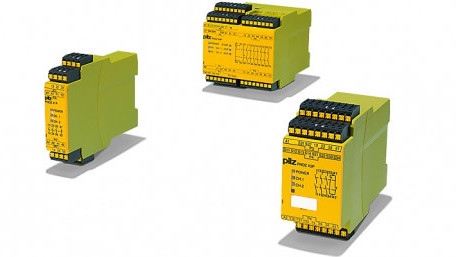
Redundancy and safety are often seen together in industrial safety systems. Safety relays monitor emergency devices to switch contacts based on status - but what…
Redundancy and safety are often seen together in industrial safety systems. Safety relays monitor emergency devices to switch contacts based on status - but what makes them different from normal relays?
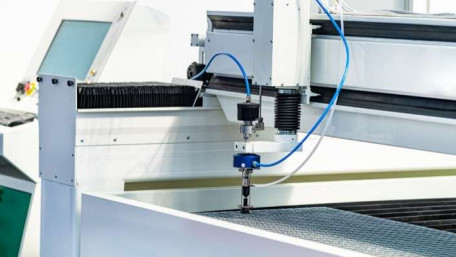
Linear position sensors are used in electrical and fluid-actuated motion devices. They allow extremely precise position,…
Linear position sensors are used in electrical and fluid-actuated motion devices. They allow extremely precise position, velocity, and acceleration control, and provide feedback to ensure product quality and tolerance compliance.
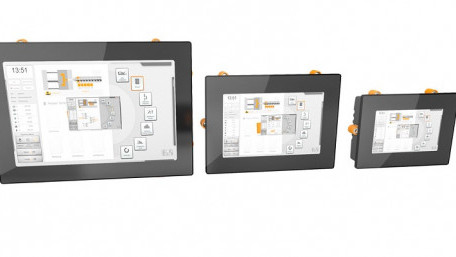
With the increasing appearance of “web-based” HMIs, we investigate these devices, learn how they differ from the…
With the increasing appearance of “web-based” HMIs, we investigate these devices, learn how they differ from the graphical HMIs, and see implications for our modern control system architecture.
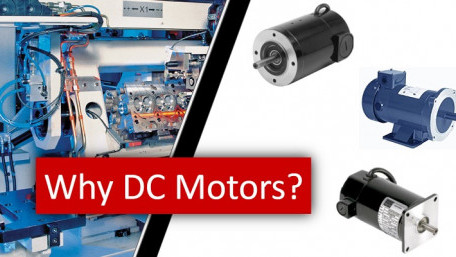
AC motors are common throughout industry - easily controlled by VFDs and without the maintenance that comes with DC…
AC motors are common throughout industry - easily controlled by VFDs and without the maintenance that comes with DC brushes. So then, why are DC motors still used in certain applications?
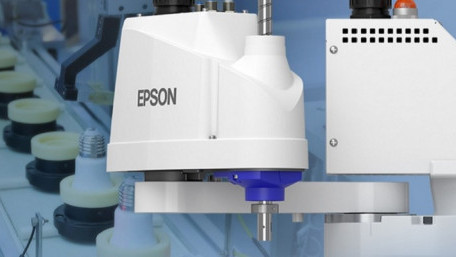
A common staple in the pharmaceutical industry, Epson robots come in a variety of models, programmed with the SPEL+…
A common staple in the pharmaceutical industry, Epson robots come in a variety of models, programmed with the SPEL+ language. Learn the unique traits of the language before diving deeper into a programming example.
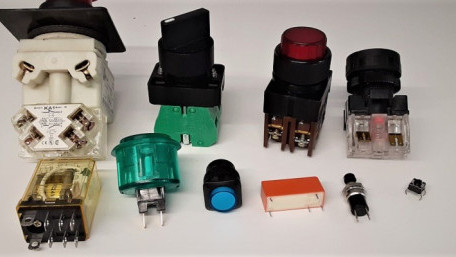
Before digital control systems, responses were fairly slow. Push a button, and a motor contactor engaged. These days, the…
Before digital control systems, responses were fairly slow. Push a button, and a motor contactor engaged. These days, the speed of computers introduces some new challenges but brings solutions as well.
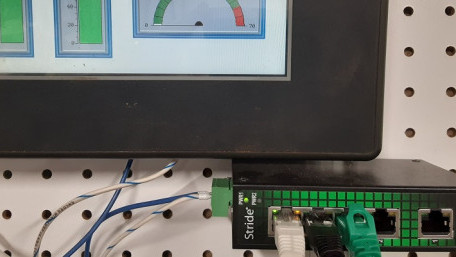
Modbus is a communication protocol stemming from the early days of Modicon PLCs, but is still common today. These two…
Modbus is a communication protocol stemming from the early days of Modicon PLCs, but is still common today. These two example implementations of Modbus transactions will get you started.
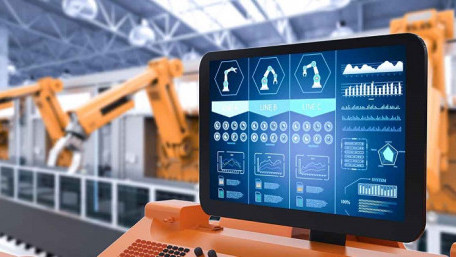
The objective of predictive maintenance is to foresee potential machine failure with the help of machine learning…
The objective of predictive maintenance is to foresee potential machine failure with the help of machine learning algorithms provided with vast quantities of data.
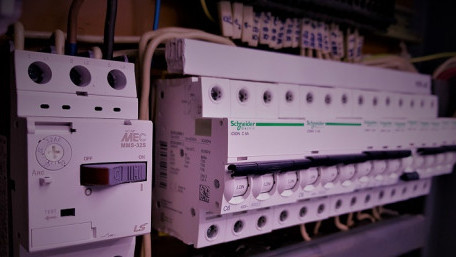
Labels are such a small detail in the world of robotics and automation, they are often given very little attention.…
Labels are such a small detail in the world of robotics and automation, they are often given very little attention. However, they play a vital role in proper system function - from installation to troubleshooting.
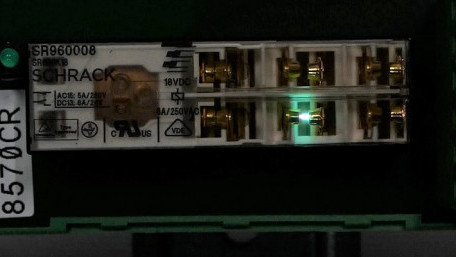
Inductive loads, such as solenoids and contactors, can cause arcs and failures back into electromechanical switching…
Inductive loads, such as solenoids and contactors, can cause arcs and failures back into electromechanical switching devices, causing costly downtime. The solution is cheaper than you think.
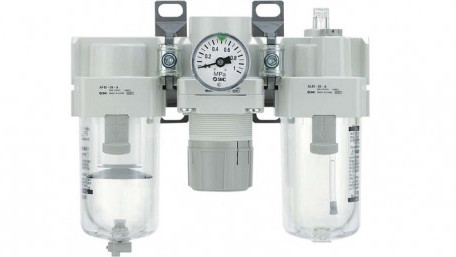
Moisture inside industrial pneumatic systems is a major cause for concern, and if the air is not filtered or dried…
Moisture inside industrial pneumatic systems is a major cause for concern, and if the air is not filtered or dried properly, it can lead to serious failures.
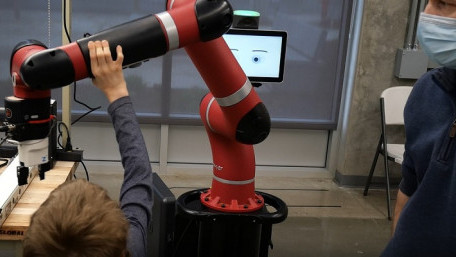
We've read about the capabilities of collaborative robots, but often, one question still remains - how do you program a…
We've read about the capabilities of collaborative robots, but often, one question still remains - how do you program a cobot? Last week, I got a chance to get my hands on a cobot for the first time.

The fourth pillar of effective statistical process control (SPC) is the use of designed experiments used to learn as much…
The fourth pillar of effective statistical process control (SPC) is the use of designed experiments used to learn as much as possible from a limited number of experiments, yet remain statistically relevant enough to be useful.
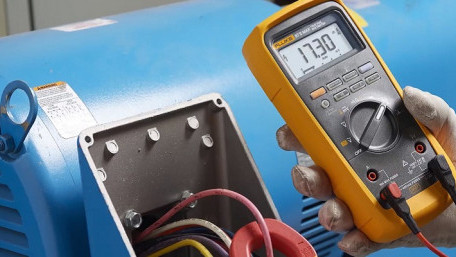
Analog and digital multimeters have both enjoyed popularity in different generations of electrical systems. What is…
Analog and digital multimeters have both enjoyed popularity in different generations of electrical systems. What is unique about the analog meters, and in what situations might they be preferred over their digital counterparts?
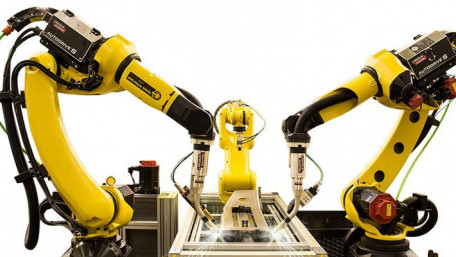
FANUC robots, as with most other brands, are designed to be used in a wide variety of applications. Learn the common…
FANUC robots, as with most other brands, are designed to be used in a wide variety of applications. Learn the common programming concepts and features along with an example of a motion program.
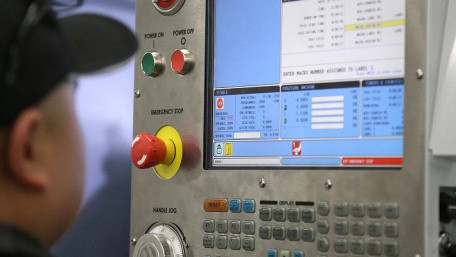
Statistical process control (SPC) allows for continual improvement process (CIP), a method of optimizing a process driven…
Statistical process control (SPC) allows for continual improvement process (CIP), a method of optimizing a process driven by data and statistical methods.
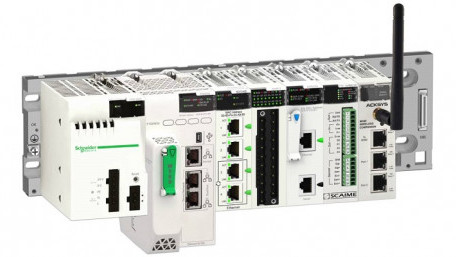
What is a PLC? This article will lay out a succinct definition of a programmable logic controller and explain its basic…
What is a PLC? This article will lay out a succinct definition of a programmable logic controller and explain its basic components.
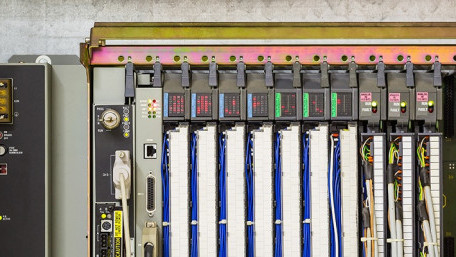
In the late 1960s, a revolution in manufacturing became a reality when the first Programmable Logic Controller (PLC) was…
In the late 1960s, a revolution in manufacturing became a reality when the first Programmable Logic Controller (PLC) was developed. We’ll examine the early history of the PLC - not just the technology, but also the inspiration of the inventors as well.
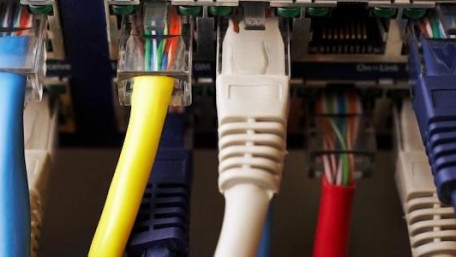
This article reviews and compares some of the most prominent industrial Ethernet protocols.
This article reviews and compares some of the most prominent industrial Ethernet protocols.
Any industrial electrician can instantly recognize a relay, but when it comes to wiring, why are the terminals numbered…
Any industrial electrician can instantly recognize a relay, but when it comes to wiring, why are the terminals numbered in such apparently random order?
